50 years today since the start of the 1967 Middle East War
After its victory, Israel occupied the West Bank, Gaza Strip and Golan Heights.
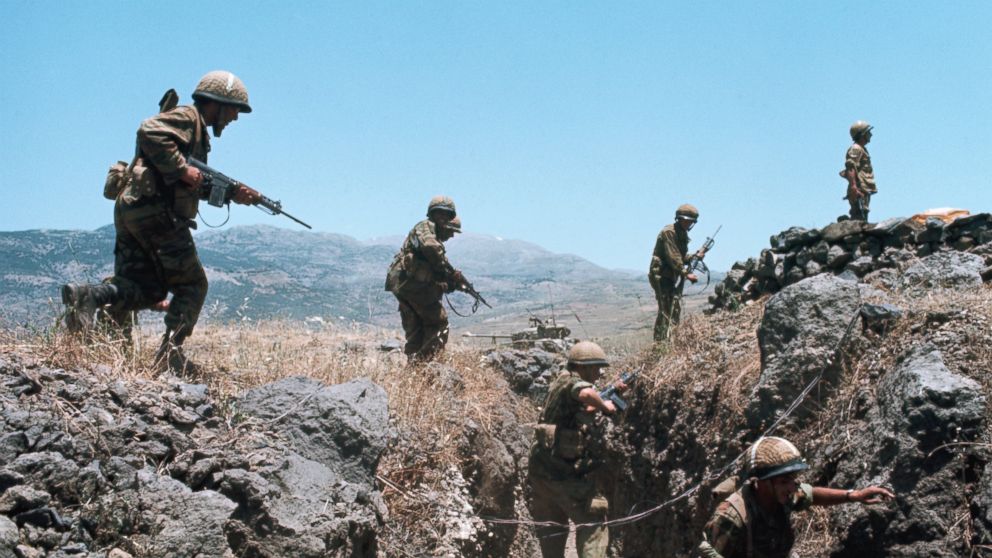
— -- Fifty years ago today, the 1967 Middle East War began between Israel and its Arab neighbors, Egypt, Jordan and Syria. The war ended six days later with Israel's swift victory, after which it occupied the West Bank, East Jerusalem, the Gaza Strip and the Golan Heights.
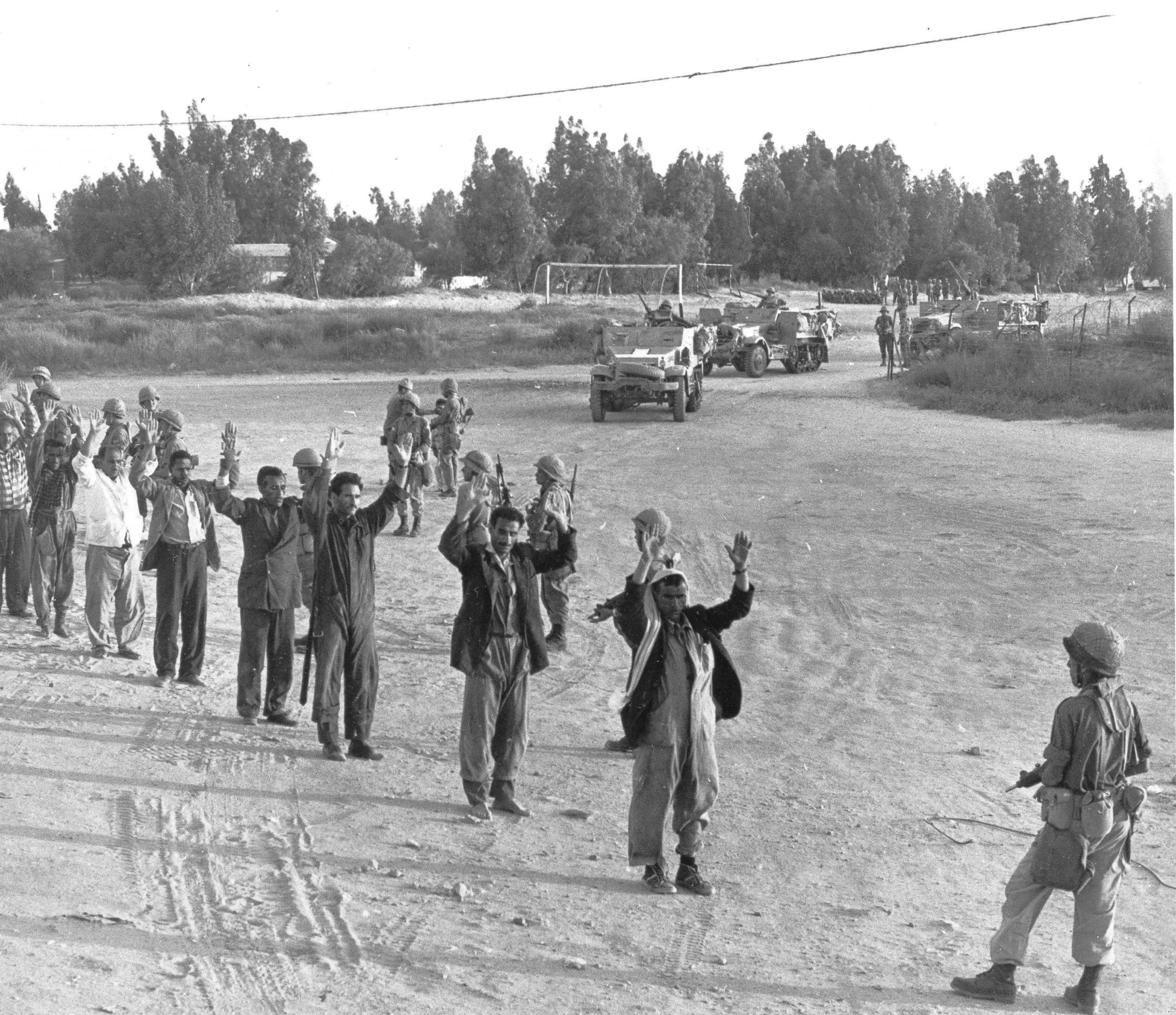
The military conflict began when Israel on June 5 launched a sudden pre-emptive airstrike that destroyed almost all of the Egyptian air force on the ground. The Israeli army then rapidly pushed back the rest of the Arab forces.
From the start, the U.S. attempted to broker a ceasefire to avoid an Arab defeat that it worried could inspire the Soviet Union to intervene. The U.S. did not demand an Israeli pullback and focused on a concept of “land-for-peace," according to the U.S. State Department's Office of the Historian. While the administration of President Lyndon B. Johnson was alarmed by Israel's decision to annex East Jerusalem and establish Jewish settlements in the occupied territories, the U.S., at the time, felt the Arabs were not being flexible in their diplomatic efforts,
“Certainly,” Johnson proclaimed, “troops must be withdrawn; but there must also be recognized rights of national life, progress in solving the refugee problem, freedom of innocent maritime passage, limitation of the arms race, and respect for political independence and territorial integrity.”
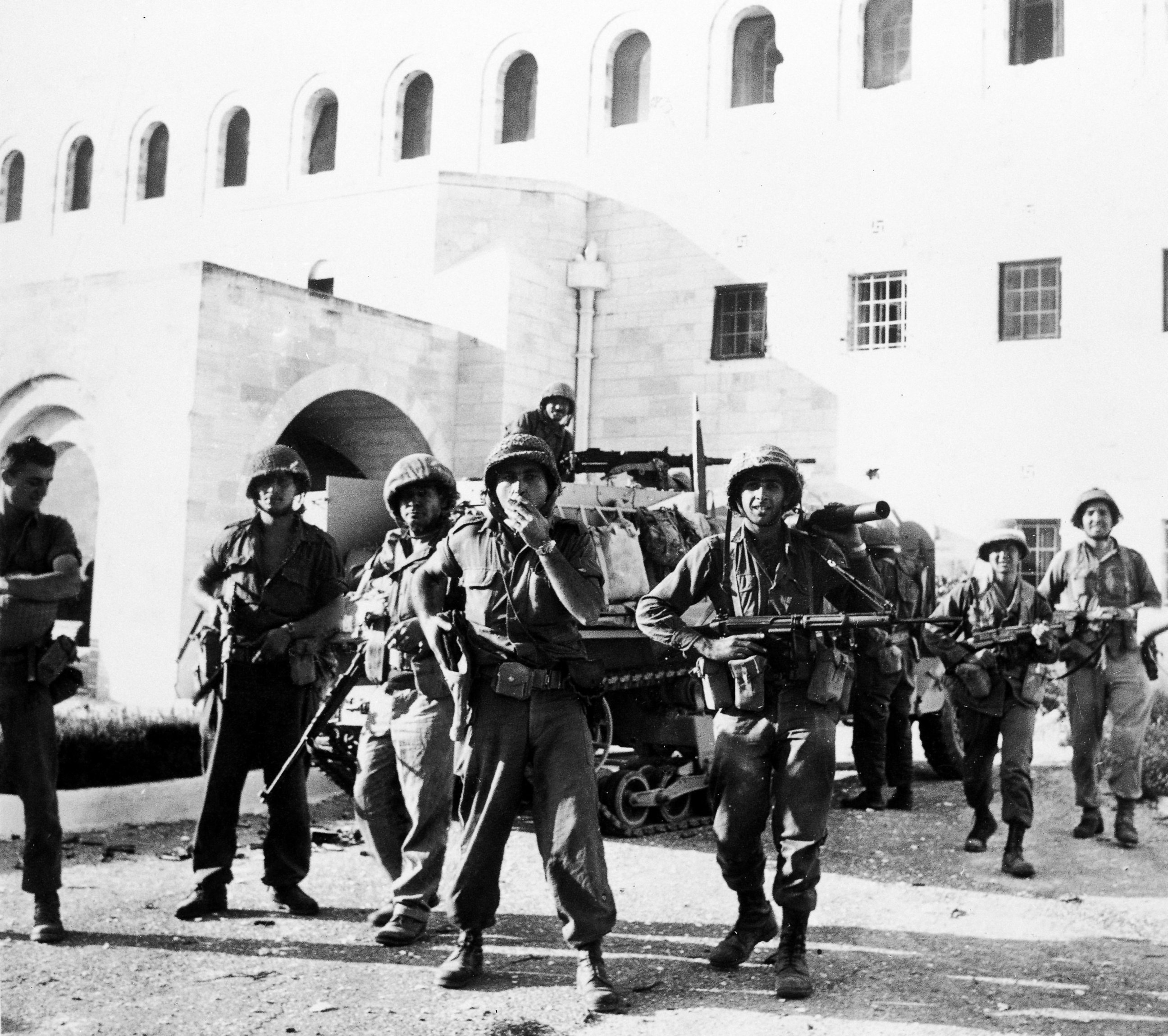
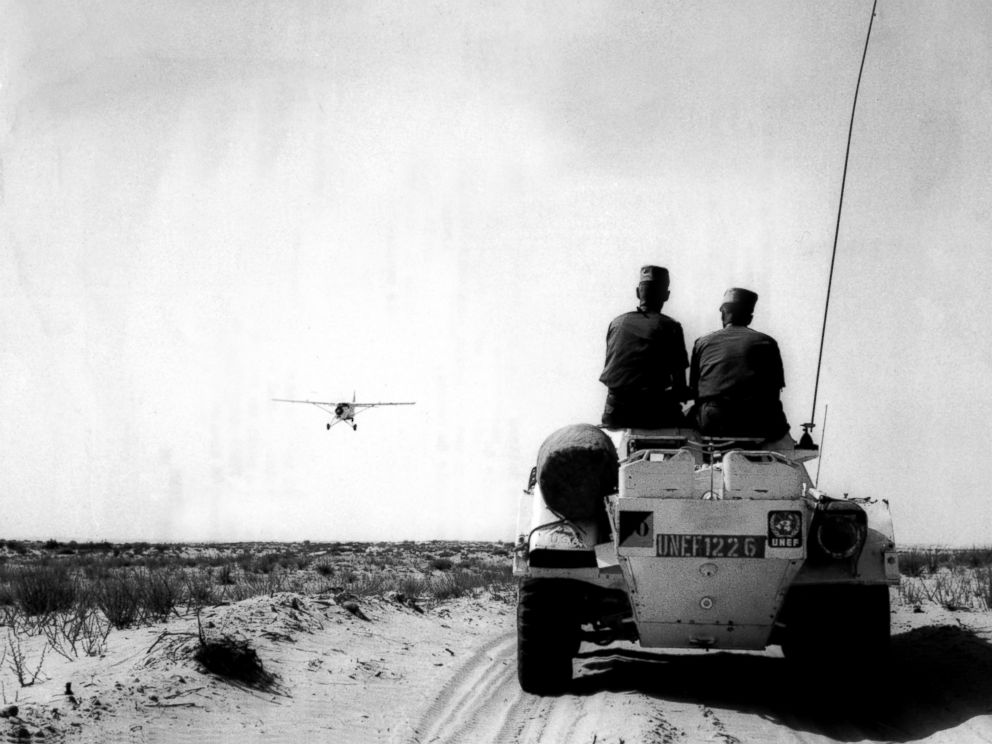
The territories Israel occupied at the end of the war had a population that at the time was roughly equal to the number of Jews living in Israel. Currently, some 5 million Palestinians live in the West Bank, East Jerusalem and Gaza, according to the United Nations.
Israel evacuated its settlements in the Sinai Peninsula in 1979 and in the Gaza Strip in 2005 after peace negotiations.
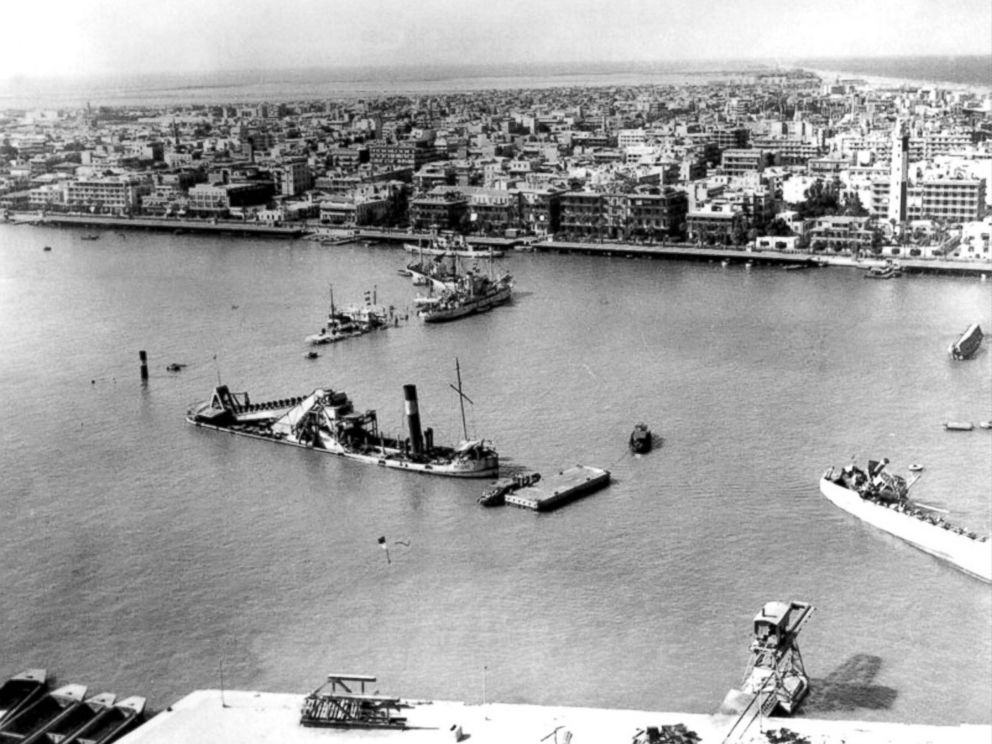
ABC News' Molly Hunter contributed to this report.